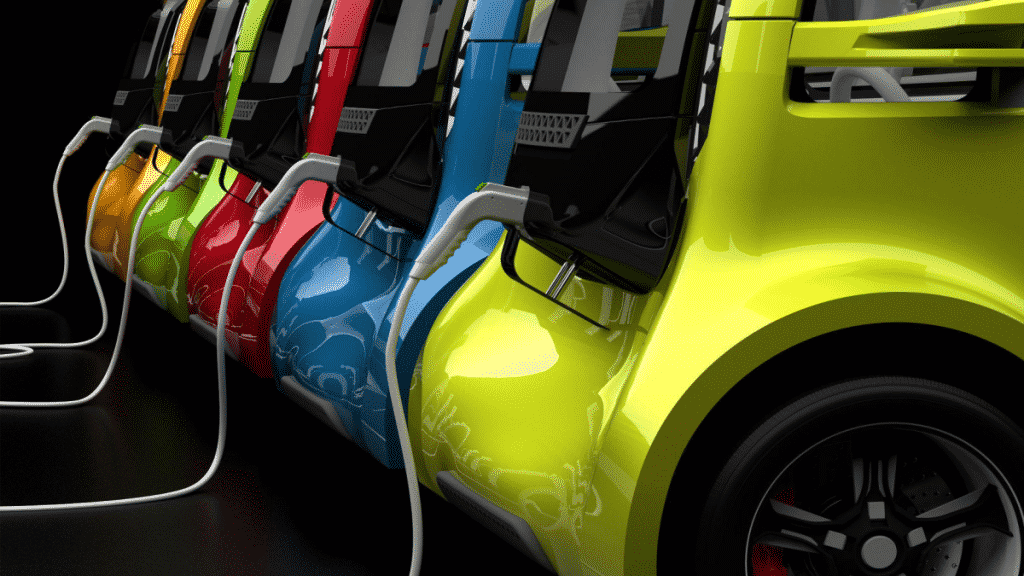Electrifying infrastructure requires synergy, cooperation
Sustainability advocates foresee a future of virtually carbonless energy. Instead of cars, buses, and trucks spewing carbon monoxide on the nation’s roadways, the advocates hope that is replaced with an electrified.
It has already started. Yet, before we see a mobile infrastructure juiced by voltage, industry experts predict several challenges will have to be faced head-on.
An eMobility landscape will require tight cooperation between businesses, governments, and science, says Mike Szudarek, automotive practice lead at Michigan Public Relations agency Marx Layne & Company.
Let’s start with the “why.”
CO2 emissions continue to threaten the climate and environment, with the planet becoming warmer, which prompts severe weather patterns. Traffic accounts for nearly 25 percent of CO2 emissions globally. Electric vehicles produce zero emissions. It’s predicted that by 2050, about 70 percent of the world’s population will live in cities. So, the pressure is on to continue cutting CO2 not just because of environmental considerations. Thanks to the Russian invasion of Ukraine, the pressure to get cleaner, alternative sources of fuel has been heightened.
Also, fossil fuels have finite resources. According to a recent study, the world’s oil reserves will be around for almost 50 years if consumption levels remain constant.
The good news is that eMobility is definitely on the rise. Major industrialized countries such as China, Germany, the U.S., and France move hundreds of thousands of units each year. Automakers are rising to the challenge and rolling out more advanced EVs with increased range and smart technology.
The bad, or challenging, news?
Achieving eMobility will require meeting the consumer’s needs while it creates a return on investment, says Randall Miller, EY Global Advanced Manufacturing & Mobility Leader. Companies and organizations will have to work closely together to design and build a system that provides information on efficiency.
Remembering the consumer:
Car and fleet owners seek value and ease with familiar brands. They also want smart electric vehicles. Industries and government will have to develop standardized components making it a cinch for customers to plug into an electrified infrastructure.
Making sure the investment is sound:
Companies and organizations will have to raise money, decrease risk and make sure there is growth from eMobility. Companies and groups should seek out tax incentives and be creative with financing and work to invest in the infrastructure over time, not all at once.
Strengthening the chain:
Manufacturing EVs is a whole different ballgame compared to the internal combustion engine counterpart. Materials for batteries and fast-charging units require a supply chain that can sustain disruption and achieve efficiency and profitability.
Making sustainability not just for consumers:
If governments and companies are urging people to reduce their carbon footprints, the citizenry has every right to expect the same from the organizations. On the other hand, if consumers are going to purchase sustainable products, the pressure then is on companies to create an environment (or infrastructure) that supports those purchases. Government and NGOs must agree on regulations and have common goals to benefit a working eMobility system.
Germany’s example:
More than 10 years ago, Germany’s environmental, nature conservation, and nuclear agencies worked together to create goals for a sustainable environment. They included:
- Increasing funding for research and development
- Creating 10-year tax exemptions for vehicles with reduced CO2 emissions
- Shared use of bus lanes
- Rolling out a system that identifies environment-friendly EVs
eMobility is too big and fast-moving for any single segment to work on alone. It will require cooperation from every segment that seeks to advance sustainability.

